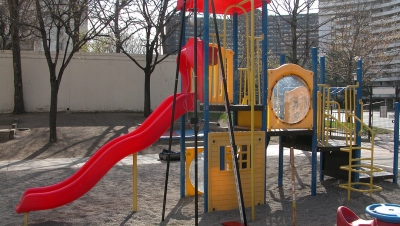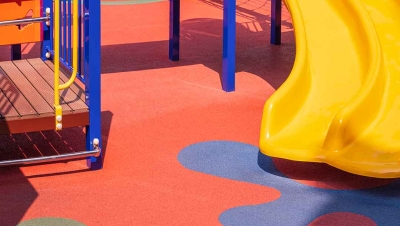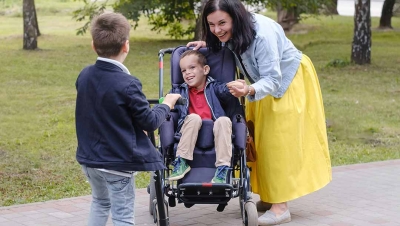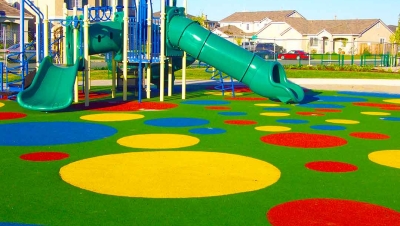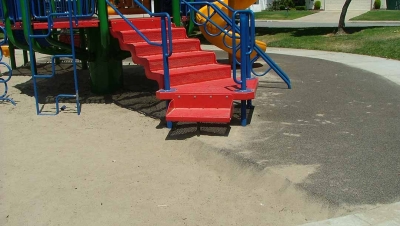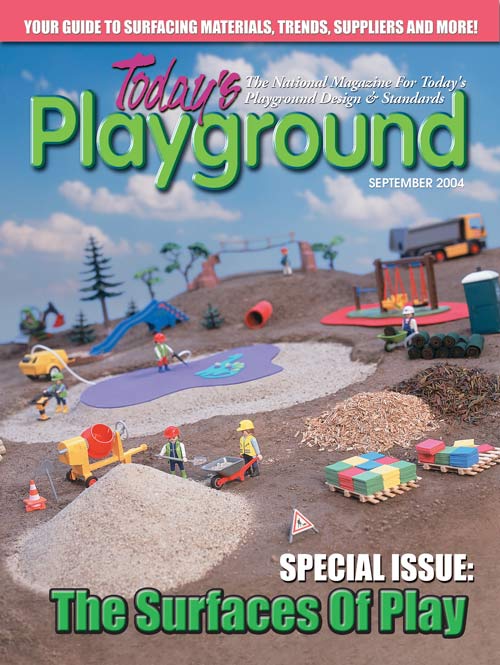
Playground equipment manufacturers spend a great deal of their time and resources designing and manufacturing a safe and enjoyable product. They carefully inspect the handiwork, continually look for new methods in configuring the equipment for the benefit of end-users, and they make great efforts to get feedback on the designs. Then, of course, they often come up with new designs altogether.
Much of the results of this productive cycle can be found as described in the pages of this magazine.
Not as often celebrated, however, are the retellings of such efforts in regard to the world of playground surfacing. We have recognized for some time that if there is one subject worthy of “special issue” treatment, it’s this one.
Our sincerest thanks for this realization go to some specific individuals who have pushed for this informational treatment over the course of the past few years. (We won’t name you here and now, but you know who you are.)
Just like play structures, a preliminary or ancillary surfacing project demands the supervision and insight of people that are familiar with the standards and guidelines in place for their product. Without it, an entire playground may lack the safe, proper installation that is vital to a project’s overall success.
Working with a playground surfacing company requires just as much forethought as working with the play structure company. Check references. Ask questions. Study the unique properties of the different materials. Make sure that the chosen surfacing products are compatible and suitable to your specific situation. Visit other sites with product installed by that company if possible.
In other words, do your homework and get the job done right.
We sincerely hope this special issue will get you started in the right direction. Between the product descriptions, updates on standards and explanations of materials, you should be well on your way to making sound surfacing decisions for your playground.

